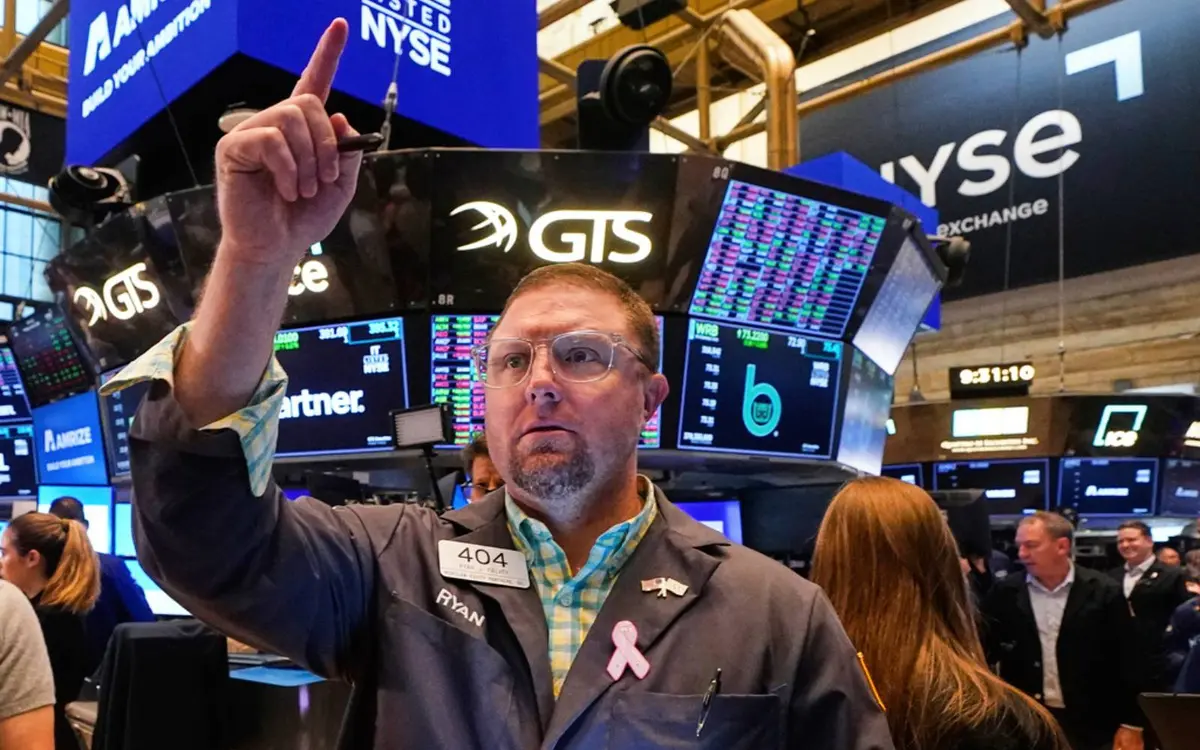Markets Shrug Off U.S.-EU Trade Deal, Eye Bigger Catalysts Ahead
Markets Shrug Off U.S.-EU Trade Deal, Eye Bigger Catalysts Ahead
By
David Goldfarb
Last updated:
July 29, 2025
First Published:
August 6, 2025

Photo: Free Malaysia Today
Wall Street and European Markets Show Tepid Response to New U.S.-EU Trade Pact
Despite headlines touting a breakthrough trade deal between the United States and the European Union over the weekend, global markets responded with a collective yawn. Instead of surging on optimism, major stock indexes in both the U.S. and Europe posted mixed results, with little sign of renewed confidence from investors.
The S&P 500 inched higher by just 0.12%, while Europe’s Stoxx 600 slipped into negative territory by market close. Earlier in the day, both indices had been trading positively before giving up gains—a sign that the deal lacked the spark investors were hoping for.
Europe Seeks More Than What the Deal Offers
Political reactions in Europe were just as lukewarm. German Chancellor Friedrich Merz and French Europe Minister Benjamin Haddad voiced dissatisfaction with the current terms of the agreement, stressing the need for freer, more balanced trade relationships.
For European leaders, the latest pact doesn’t do enough to address underlying trade imbalances or open new market opportunities. As a result, the deal is seen more as a diplomatic placeholder than a transformative shift in global trade dynamics.
Trump’s Blanket Tariff Plan Adds to the Confusion
U.S. President Donald Trump added further uncertainty on Monday when he announced plans for a global baseline tariff ranging from 15% to 20% on countries lacking formal trade agreements with the U.S. This proposal could impact a wide range of sectors, from automotive to agriculture, but some investors took it in stride—possibly because the range is becoming the new expected norm.
Trump also gave Russia a two-week ultimatum to reach a peace agreement with Ukraine, a geopolitical pressure move that adds more complexity to already fragile market sentiment.
While such tariff threats would typically rattle markets, recent economic modeling suggests their long-term impact on the U.S. economy may be less severe than once feared. Several economists have begun downgrading the projected drag tariffs will have on U.S. GDP, suggesting businesses and supply chains are better prepared than during previous trade disputes.
Markets Need More Than Trade Deals to Get Excited
With tariff concerns now largely priced in, investors are seeking more compelling catalysts to drive momentum. That focus is shifting to tech sector earnings, particularly from the "Magnificent Seven" firms.
Meta Platforms and Microsoft are scheduled to release quarterly earnings on Wednesday, and expectations are high. Strong results from these heavyweights could provide the bullish momentum markets lacked after the trade deal announcement.
Waiting for a Real Market Mover
In the end, the U.S.-EU trade agreement feels more symbolic than substantive. With global tariffs appearing to stabilize around a 15%–20% range and investors adapting to geopolitical noise, the real test for markets will come from corporate earnings and broader macroeconomic data.
Until then, Wall Street and European exchanges seem poised to drift sideways, waiting for something more significant than another round of trade talk headlines.
Popular articles
Subscribe to unlock premium content
Disney’s Timeless Magic and How the Entertainment Giant Continues to Shape Culture and Innovation

Imran Khan’s Economic Missteps Amid Political Chaos in Pakistan

The Philippines’ Digital Shift How Remittances and BPO Are Fueling Growth

Disney’s Timeless Magic and How the Entertainment Giant Continues to Shape Culture and Innovation

Imran Khan’s Economic Missteps Amid Political Chaos in Pakistan

Disney’s Timeless Magic and How the Entertainment Giant Continues to Shape Culture and Innovation









